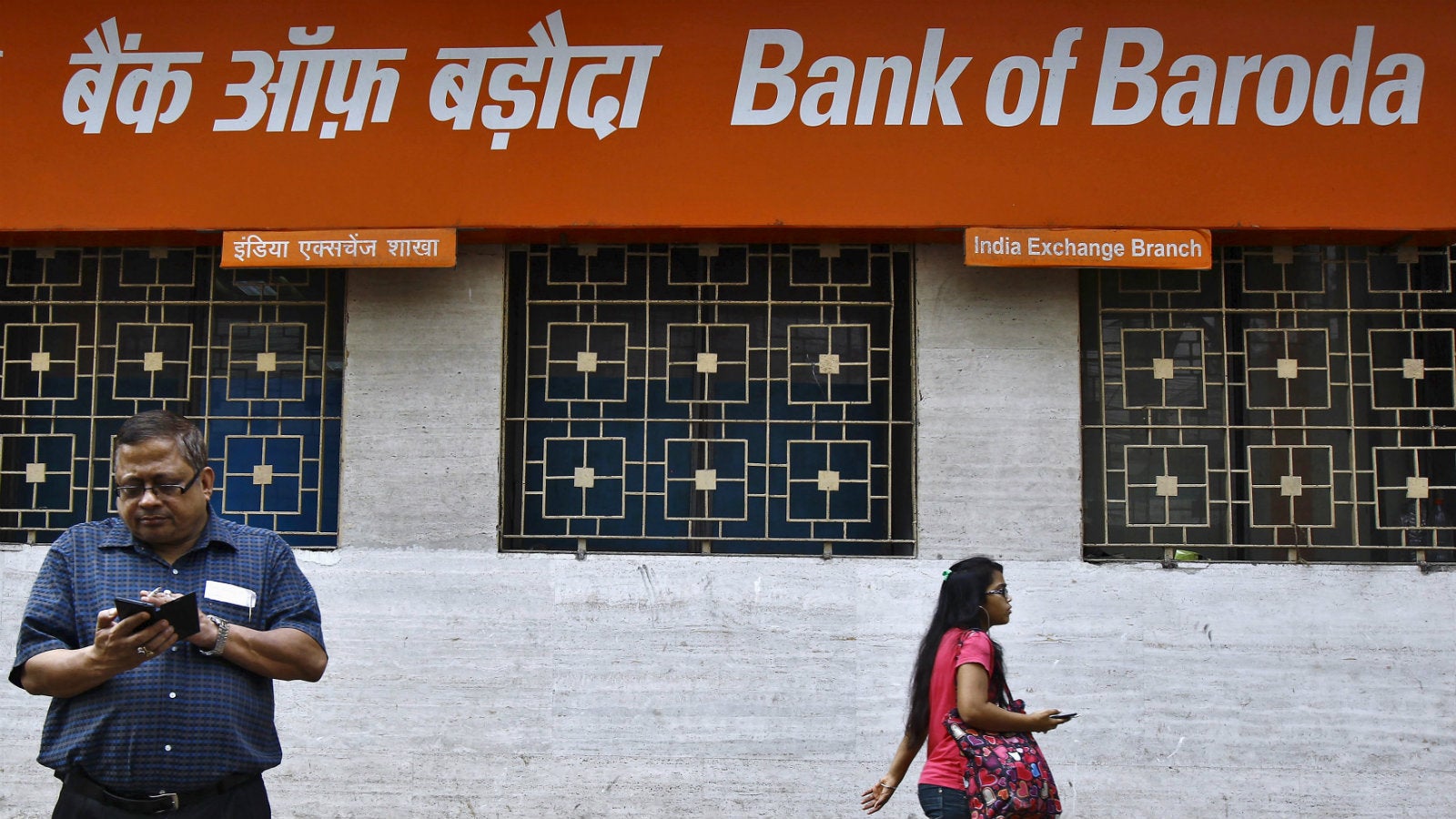Google’s Tez shows what’s hot and what’s almost out in India’s fin-tech sector
Digital transactions in India are growing at an impressive pace.


Digital transactions in India are growing at an impressive pace.
As more people begin to ditch cash and adopt e-payments, companies are making a beeline for a share of this business, which is expected to be worth $500 billion by 2020, contributing 15% to India’s GDP, according to a report by the Boston Consulting Group.
But while they previously focused on launching e-wallets, in which customers store money to make online payments, their attention is now shifting towards payment gateways and services, which allow customers to make transactions by linking their bank accounts instead.
Google, the world’s biggest search engine, is the latest entrant into the space. On Sept. 18, the company launched Tez, its payment application, saying that, for now, there are no plans to turn it into an e-wallet.
Earlier this year, Truecaller also launched a payment services app to transfer money. Both Google and Truecaller’s offerings are based on the Indian government-backed Unified Payments Interface (UPI), which allows inter-bank payments. Flipkart’s PhonePe is based on the same platform, and reports say that WhatsApp, owned by Facebook, is also looking at entering the digital payments space in India using the UPI interface.
The UPI makes money transfer via phones as easy as sending a text message, and experts say it’s on track to revolutionise the payments space in India.
“We are seeing a trend right now where the number of UPI-based payment apps is increasing, and I expect this to continue,” D D Mishra, research director at the information technology research firm Gartner, told Quartz. “The UPI payments have an edge over e-wallets as they are more flexible and allow inter-bank transfers. Comparatively, the e-wallets have constraints. Therefore, going ahead, the UPI may continue to have an upper hand.”
Overall, UPI transactions have been increasing, hitting Rs4,130 crore in August 2017, compared to Rs90 crore in November 2016. Meanwhile, most e-wallets, including Paytm, MobiKwik, and Oxigen, are yet to make money, hampered by a limited revenue stream and thin margins.
As a result, existing digital e-wallet players are increasingly switching focus. For instance, iKaaz, which started out as an e-wallet in 2015, has transformed itself into a payments solutions company. And MobiKwik, one of the largest players in the e-wallets business, is now focusing on building its payment gateway aggregator Zaakpay.
But e-wallets aren’t likely to completely disappear just yet.
“Even though there is a rise in UPI based apps, I expect mobile wallets to also continue to coexist. In certain scenarios (where the e-wallet is already linked to a service, for instance), an e-wallet may work better, therefore the market will continue to have both offerings,” explained Vivek Belgavi, leader, financial services technology, at PwC India.